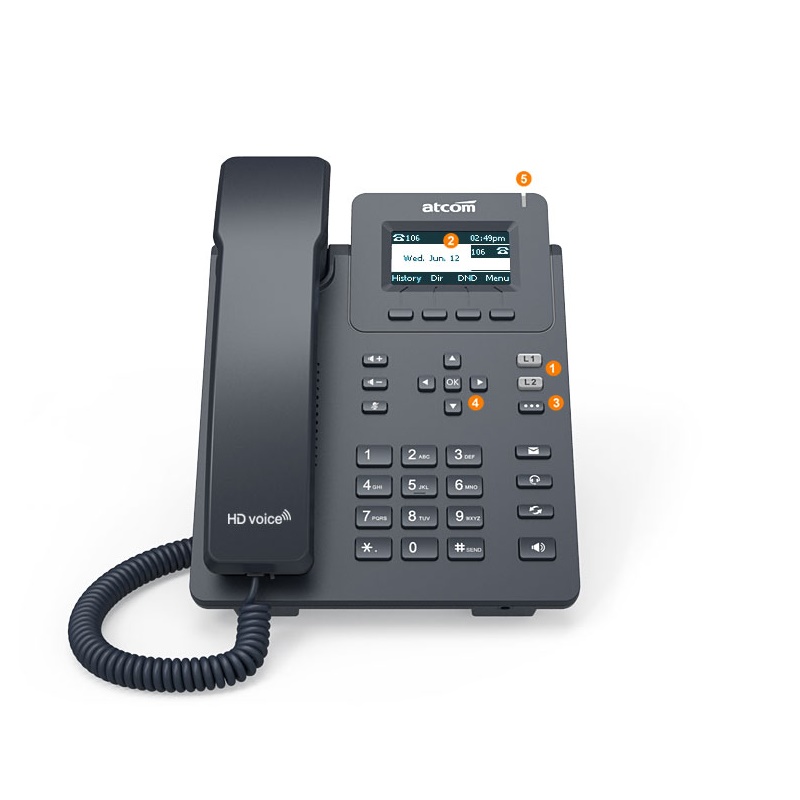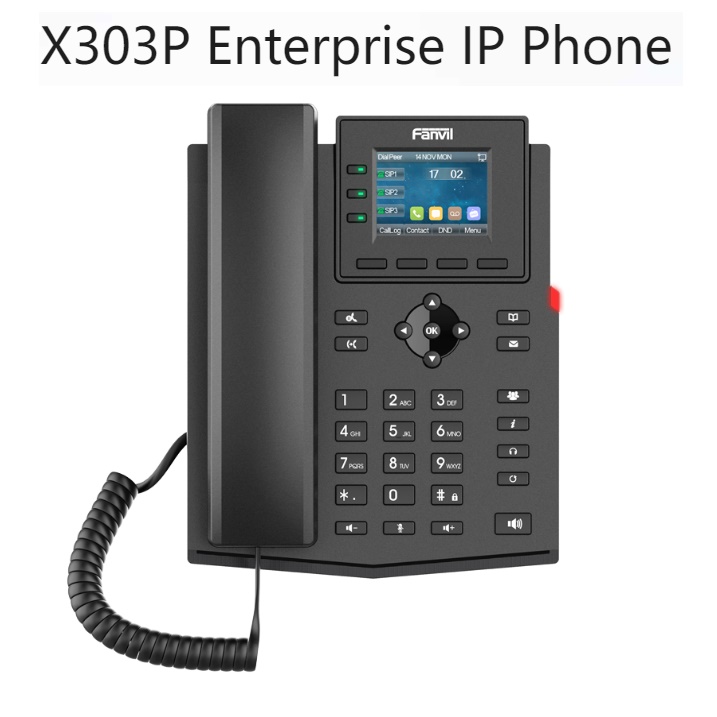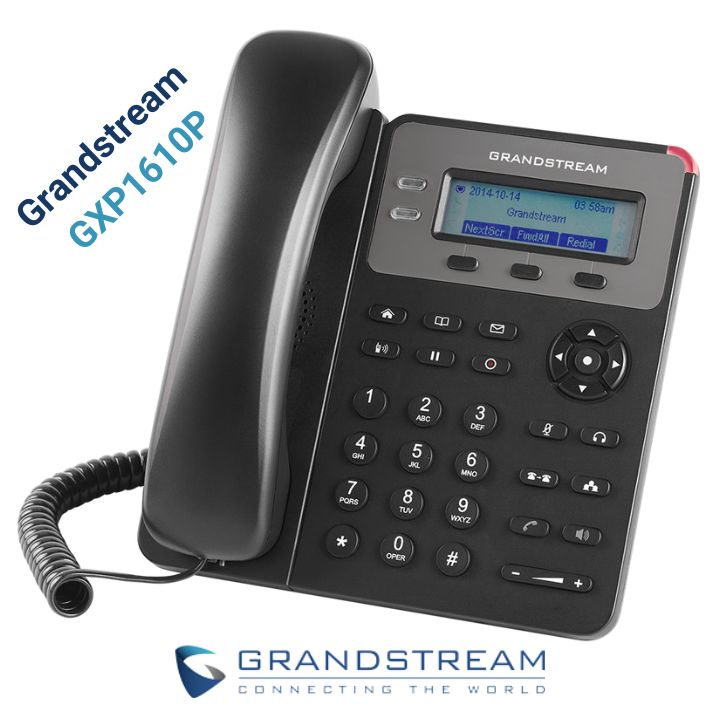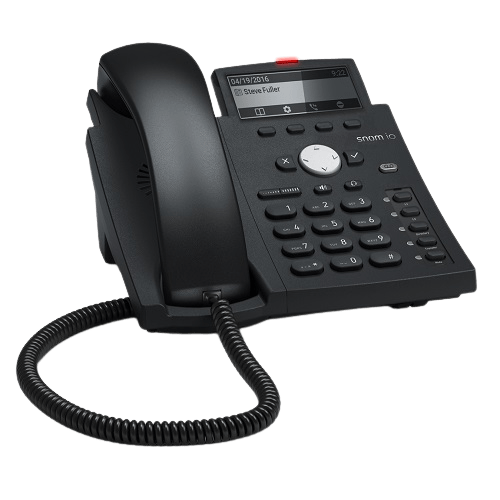Blog
IP Telephony
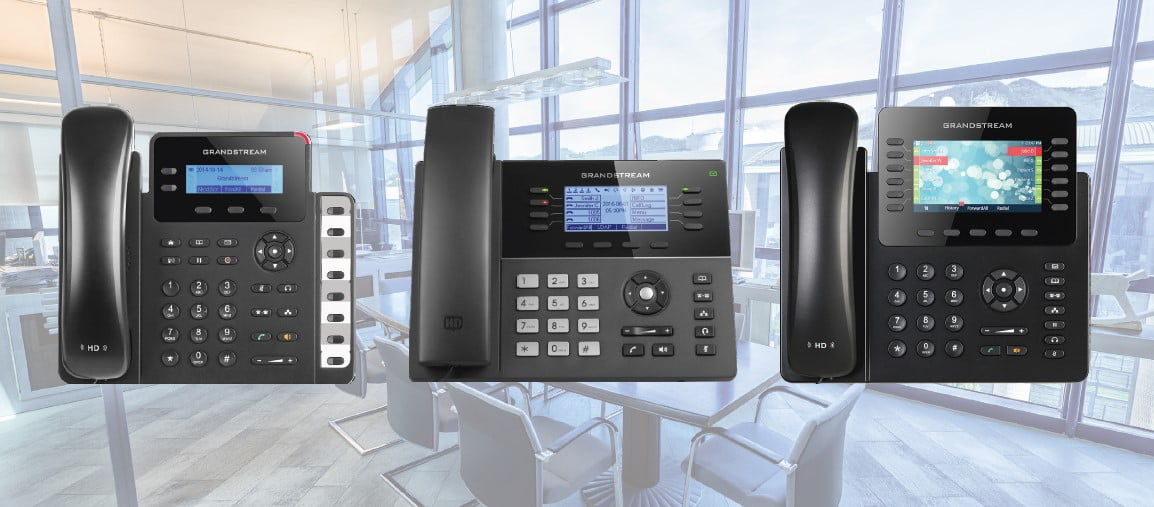
IP telephony, also known as Voice over Internet Protocol (VoIP), is a type of communication technology that allows users to make voice and video calls over the internet. Unlike traditional telephony, IP telephony uses packet-switched networks instead of circuit-switched networks, which enables users to make calls from any location as long as they have an internet connection. IP telephony offers numerous advantages over traditional telephony, including cost savings, flexibility, and enhanced features and functionality. This article provides an overview of IP telephony, its advantages over traditional telephony, components of an IP telephony system, protocols and standards used in IP telephony, deployment and implementation considerations, security aspects, and future developments.
1. Introduction to IP Telephony
What is IP Telephony?
IP Telephony, also known as Voice over Internet Protocol (VoIP), is a technology that allows voice communication over the internet using digital packets instead of traditional phone lines. It converts analog voice signals into digital data packets and sends them over the internet to a receiver, where they are reassembled into sound.
History and Evolution of IP Telephony
IP telephony was first introduced in the late 1990s as a technology for making calls between personal computers. It gained popularity in the early 2000s as businesses started adopting it for internal communication. Since then, IP telephony has evolved to become a complete replacement for traditional telephony systems in many organizations.
IP Telephony vs. Traditional Telephony
The main difference between IP telephony and traditional telephony is the way in which voice communication is transmitted. IP telephony uses the internet to transmit voice communication, while traditional telephony uses copper wires, cellular networks, or satellite communication. IP telephony offers many advantages over traditional telephony, which we will explore in the next section.
2. Advantages of IP Telephony over Traditional Telephony
Cost Savings
One of the biggest advantages of IP telephony is cost savings. Since it uses the internet to transmit voice communication, organizations do not need to maintain separate networks for voice and data communication. Additionally, long-distance and international calls are significantly cheaper on IP telephony systems as compared to traditional telephony networks.
Flexibility and Scalability
IP telephony systems are highly flexible and scalable. They can be easily integrated with various communication technologies, such as video conferencing, instant messaging, and email. Additionally, IP telephony systems can easily adapt to changing business needs and can be scaled up or down depending on the size of the organization or changes in call volume.
Enhanced Features and Functionality
IP telephony systems offer advanced features and functionality that are not available on traditional telephony systems. Features such as call screening, call forwarding, voicemail to email, and virtual faxing can significantly improve the communication experience for users.
Better User Experience
IP telephony systems offer a better user experience than traditional telephony systems. With IP telephony, users can access their phone system from anywhere in the world, as long as they have an internet connection. Additionally, IP telephony systems offer a more intuitive user interface, making it easy for users to manage their calls and customize their settings.
3. Components of IP Telephony System
IP Phones
IP phones are specialized phones that are designed to work with IP telephony systems. They resemble traditional phones, but they connect to the internet instead of a phone line. They come in various models and offer different levels of functionality.
IP PBX
IP PBX (Private Branch Exchange) is the central switching system that enables communication within an organization. It is responsible for routing calls, managing call queues, and providing advanced features such as voicemail, call recording, and call reporting.
Gateways
Gateways are devices that convert traditional phone signals into digital packets so that they can be transmitted over an IP network. They are used when an organization wants to integrate traditional phone lines with an IP telephony system.
Session Border Controllers (SBCs)
SBCs are devices that sit between an organization’s IP telephony system and the public internet. They provide security and manage access to the system, ensuring that only authorized users can access the system.
4. IP Telephony Protocols and Standards
SIP (Session Initiation Protocol)
SIP is a protocol used for initiating, maintaining, and terminating communication sessions on an IP telephony system. It is widely used in IP telephony systems and is supported by most IP phones and IP PBXs.
H.323 Protocol
H.323 is another protocol used for voice and video communication over IP networks. It is an older protocol that was widely used in the early days of IP telephony but has largely been replaced by SIP.
RTP (Real-time Transport Protocol)
RTP is a protocol used for transmitting audio and video data over IP networks. It is used in conjunction with SIP or H.323 to ensure that real-time communication sessions are synchronized.
SRTP (Secure Real-time Transport Protocol)
SRTP is an extension of RTP that provides additional security features such as encryption and authentication. It is used to protect sensitive voice and video data over IP networks, ensuring that it cannot be intercepted or tampered with.
5. Deployment and Implementation of IP Telephony
IP telephony is a cost-effective and efficient communication system that can improve productivity and connectivity for businesses. However, to successfully deploy and implement an IP telephony network, proper planning and designing are crucial.
Planning and Designing an IP Telephony Network
Before deploying IP telephony, a thorough analysis of the organization’s current network infrastructure is necessary. This analysis will help identify potential issues that can impact the performance of the IP telephony system. The next step is to design and plan the IP telephony network. This includes creating a network diagram and defining the equipment needed.
Installation and Configuration of IP Telephony Components
Once the planning and designing phase is completed, the installation and configuration of IP telephony components can begin. This includes installing the switches, routers, IP phones, and other necessary hardware. The software configuration of the network elements needs to be done correctly to ensure optimal network performance.
Training and Support for IP Telephony
Providing proper training and support to end-users is essential to ensure the successful deployment and use of IP telephony. The training sessions should cover the basics of IP telephony and how to operate the system. Additionally, proper support should be in place to address any issues or concerns that arise during the use of the system.
6. Security Considerations for IP Telephony
Security is a major concern when it comes to IP telephony, as the network is vulnerable to various types of cyber-attacks. Therefore, implementing security measures is crucial to protect the IP telephony system from unauthorized access, data theft, and other security issues.
Securing IP Telephony Networks
Securing IP telephony networks involves implementing security measures to protect against unauthorized access and hacking attempts. This includes using strong passwords, encryption, and firewalls. It is also crucial to regularly update the software and firmware for all network components.
Preventing Denial of Service (DoS) Attacks
DoS attacks are a common type of cyber-attack that can disrupt the performance of IP telephony networks. Implementing measures to prevent DoS attacks, such as rate limiting, can help minimize the impact of these attacks on the network.
Protecting Against Eavesdropping and Data Theft
Due to the nature of IP telephony, conversations and other data transmitted over the network are vulnerable to eavesdropping and data theft. Implementing encryption and other security measures can help prevent these types of attacks.
7. IP Telephony Trends and Future Developments
As technology advances, IP telephony systems are also evolving to keep up with the latest trends and developments.
Cloud-based IP Telephony
Cloud-based IP telephony is gaining popularity, as it eliminates the need for on-site hardware and provides flexibility and scalability.
Integration with Unified Communications (UC)
Integration of IP telephony with unified communications (UC) systems allows for improved communication and collaboration across various channels, including voice, video, and messaging.
Artificial Intelligence (AI) and Machine Learning (ML) in IP Telephony
AI and ML are expected to have a significant impact on IP telephony systems, such as improving call quality and providing better voice recognition capabilities.In conclusion, IP telephony has revolutionized the way we communicate over voice and video. Its numerous benefits over traditional telephony make it an attractive option for businesses and individuals alike. As IP telephony continues to evolve, we can expect to see even more advanced features and functionality that will enhance our communication experiences.
FAQ
What is IP telephony?
IP telephony is a type of communication technology that enables users to make voice and video calls over the internet using packet-switched networks.
How does IP telephony differ from traditional telephony?
IP telephony uses packet-switched networks instead of circuit-switched networks like traditional telephony. This enables users to make calls from anywhere as long as they have an internet connection.
What are some advantages of IP telephony over traditional telephony?
IP telephony offers several advantages over traditional telephony, such as cost savings, flexibility, enhanced features and functionality, and better user experience.
What are the main components of an IP telephony system?
The main components of an IP telephony system include IP phones, IP PBX, gateways, and session border controllers (SBCs).
Atcom D21
GRP2601P
Fanvil X303P
Grandstream GXP1610P
- 1 SIP account, up to 2 call appearances
- TLS and SRTP security encryption technology to protect calls and accounts
- 3-way audio conferencing for easy conference calls
- Electronic Hook Switch (EHS) support for Plantronics headsets
- Automated provisioning options include TR-069 and XML config files
- Full-duplex speakerphone with HD audio to maximize audio quality and clarity
- Use with Grandstream’s UCM series of IP PBXs for Zero Config provisioning
- Built-in PoE 802.3af to power the device and give it a network connection (GXP1610P/PGXP1615 ony)
GRP2602P
- Model: GRP2602P
- Supports 4 SIP accounts & 2 Line Keys
- 5-Way Conferencing
- GRP2602P have integrated PoE
- 2*100M Network Interface
